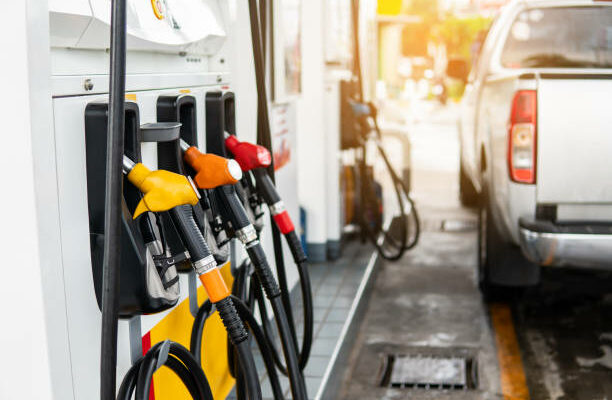Eight Governors Request Permanent Solution for Year-Round E15 Sales

(KFOR NEWS April 29, 2022) On Thursday, Governor Pete Ricketts joined a bipartisan group of eight Midwest governors in a letter to U.S. Environmental Protection Agency (EPA) officially exercising their authority to ensure E15 can be sold all year.
This action follows President Joe Biden’s announcement on April 12 that his administration would lift the summertime ban on E15 between June 1 and Sept. 15, 2022, to help ease high gas prices. E15, gasoline containing 15% ethanol, can save drivers up to $.10 more per gallon than E10.
E15 would require another waiver next year to be sold during the 2023 summer months; however, the letter sent to the U.S. EPA today includes a permanent fix for E15 and all higher ethanol blends to have no limitations on availability. Under the Clean Air Act, governors have the authority to ask EPA to equalize the summer regulations for E10 and E15. Currently, E10 and E15 are regulated differently, allowing oil refiners to specifically send gasoline blends that exhibit a Reid Vapor Pressure (RVP) that may be used in E10 but not E15.
Dawn Caldwell, Executive Director of Renewable Fuels Nebraska says, “I cannot overstate the support we have received from Governor Ricketts. He has been a tireless and strong supporter of the ethanol industry in every way. Not only have we passed positive legislation in both of the past two sessions of the Unicameral, he and his staff worked diligently with Governor Reynolds from Iowa to achieve tremendous regional participation in the joint letter to the EPA today. I am thrilled for consumers. They will be able to continue to purchase lower-cost fuel through the summer via the emergency waiver announced earlier this month. The letter submitted today takes our part of the country one important step closer to having E15 as a year-round fuel choice permanently.”
Chuck Woodside, RFN Board Secretary and CEO of KAAPA Ethanol stated, “At the retail level, very simply put, E15 is better fuel and it costs less,” said Randy Gard, chief operating officer of Bosselman Enterprises and secretary of the Nebraska Ethanol Board. “We are excited about the possibility of permanent year-round sales of E15. If you are a retailer, there is now nothing standing in your way today to make the transition from E10, the standard fuel most people use today, to joining this mass conversion to E15. There are incentives with recently passed LB596, there’s consumer demand, there are certainly price pressures, and increased availability at the terminals. This is a win for everybody…retailers, farmers and ranchers, and especially users of ethanol who support Nebraska’s economy, help the environment, and save money every time they fill up.”
Bosselman Enterprises, located in Grand Island, was an early adopter of E15 at many of its Pump and Pantry locations across the state. They continue to see double digit sales growth for E15 every year.
Joining Governor Ricketts were the governors of Iowa, Illinois, Kansas, South Dakota, North Dakota, Wisconsin and Minnesota. Combined, these eight states account for over 10 percent of U.S. gasoline use – a market larger than California.
E15 is safe and approved by the EPA to use in vehicles 2001 or newer. Drivers with Flex Fuel Vehicles can use blends up to E85. In Nebraska, E85 is available at 125 fueling stations and E15 is available at around 110 fueling stations. Locations can be found at fueledbynebraska.com. If our nation moved to a fuel standard of E15, consumers would save $12.2 billion in fuel costs every single year, according to industry expert Growth Energy.
View the governors’ letter here. The governors provided information demonstrating that the action they seek will reduce emissions of certain pollutants that can lead to ground-level ozone formation. This accounts for a reduction in harmful aromatics, including nearly 2.5% of volatile organic compounds (VOCs) in Nebraska.
Nebraska ethanol plants have the capacity to produce 2.6 billion gallons each year but only produce about 2.2 billion gallons.
READ MORE: NE DEPT OF AG REPORTS EIGHTH CASE OF AVIAN INFLUENZA






